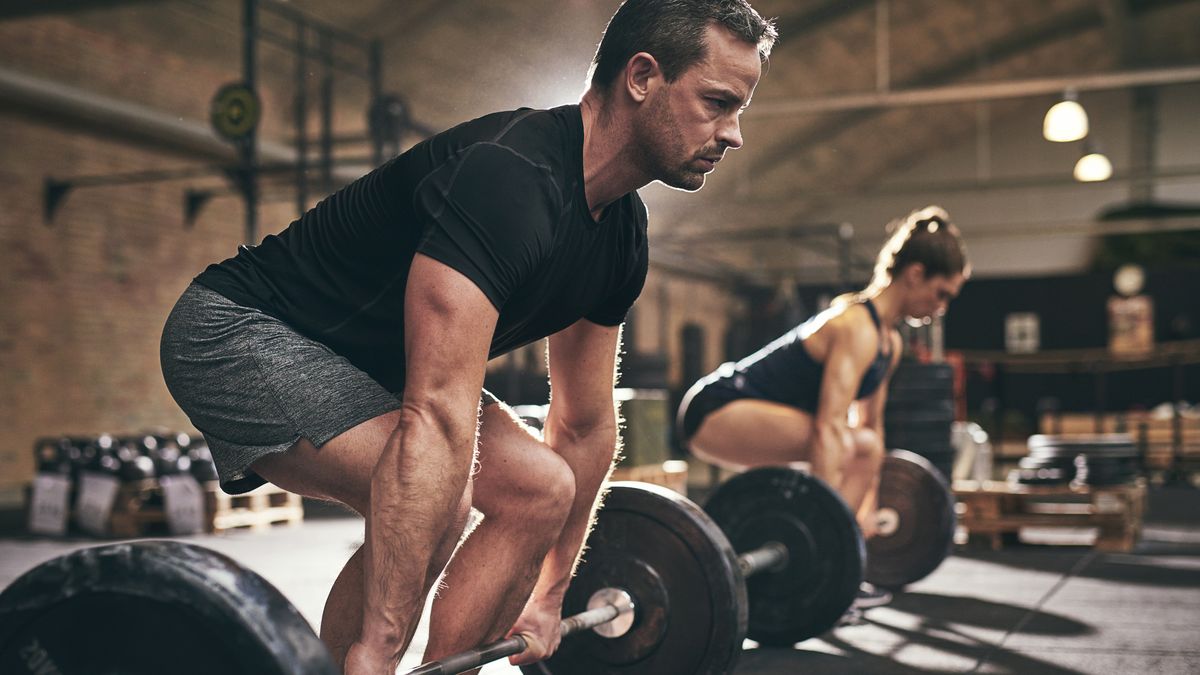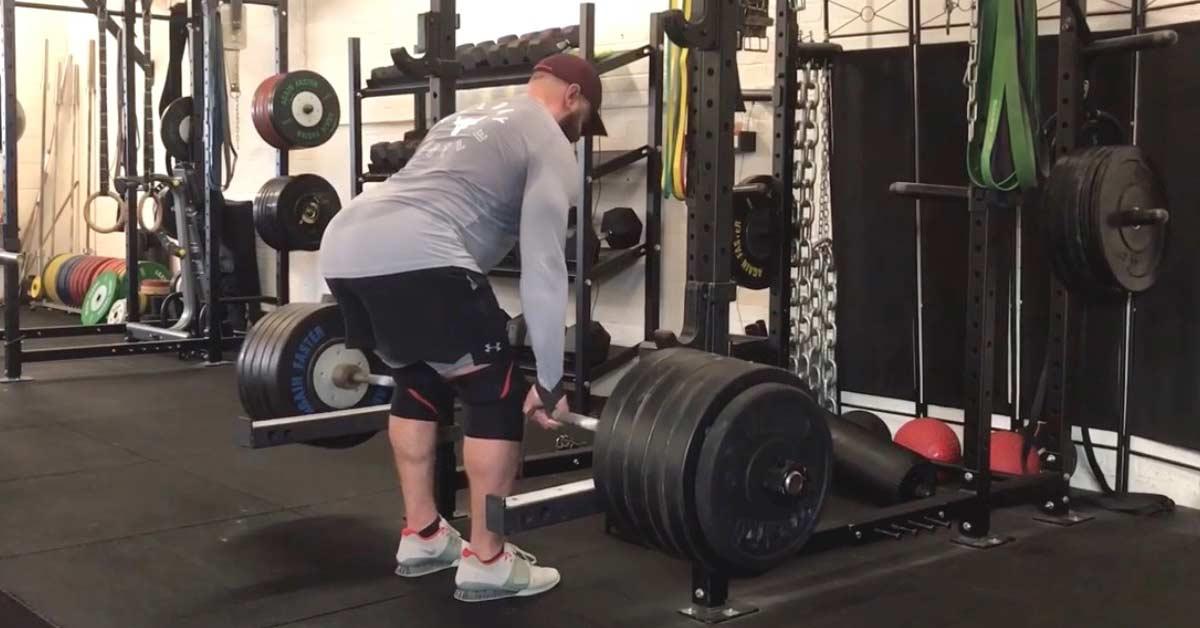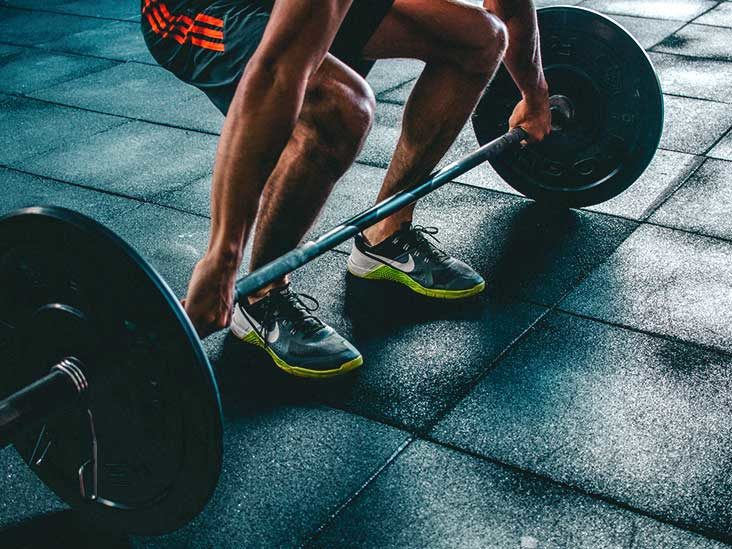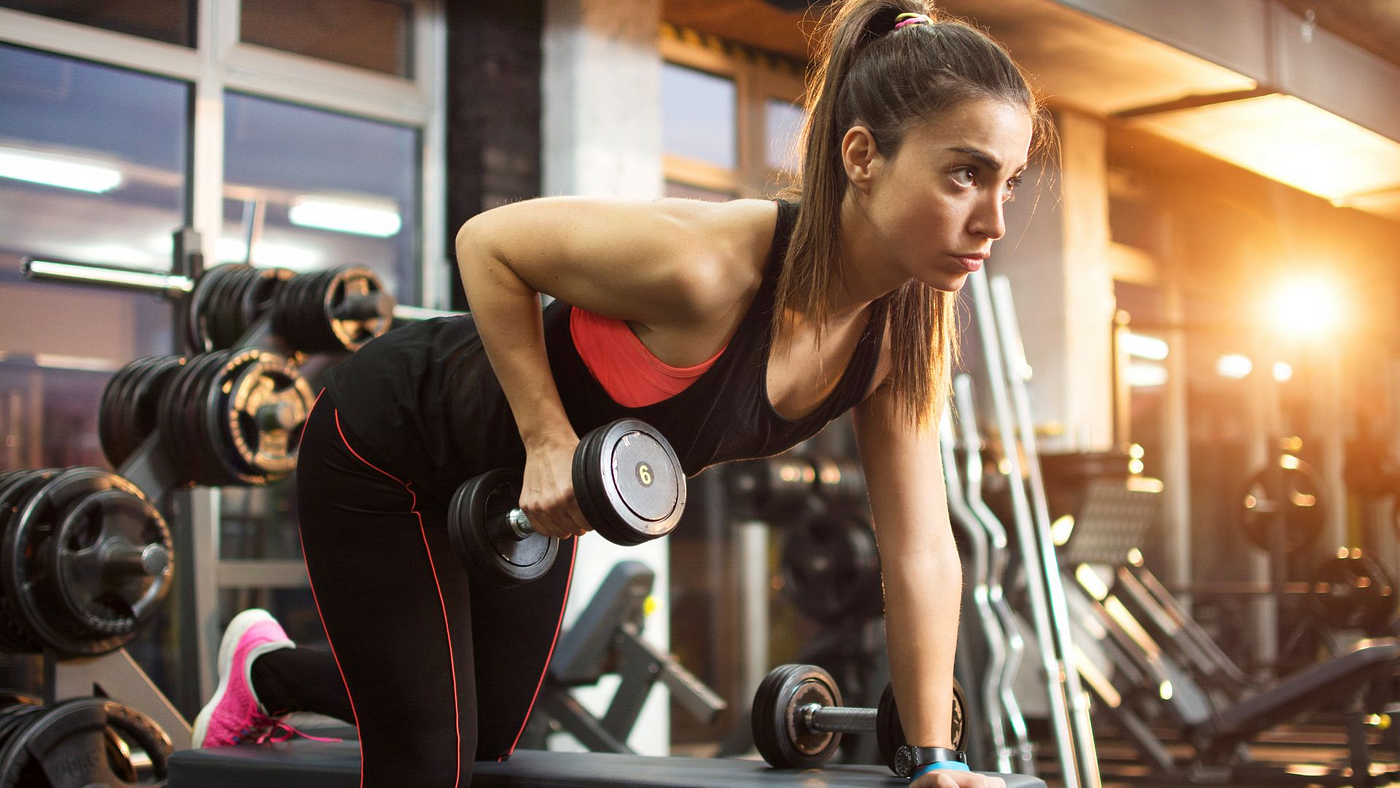When it comes to strength training exercises, deadlifts and Romanian deadlifts (RDLs) are two popular choices that often confuse beginners. Both are effective compound movements that target various muscle groups and offer numerous benefits. fulcrum deadlift In this article, we will delve into the nuances of these exercises, examining their forms, benefits, and differences to help you make an informed decision in your fitness journey.
1. Understanding Fulcrum Deadlift

Deadlift is a quintessential and highly effective strength training exercise that plays a pivotal role in any well-rounded fitness routine. It involves the action of lifting a loaded barbell or weight from the ground to a fully upright and standing position. This full-body compound movement engages a multitude of muscle groups, making it a powerhouse exercise for building overall strength and functional fitness.The primary target muscles activated during a proper deadlift execution include the glutes, hamstrings, lower back, and core. These muscle groups work synergistically to stabilize and control the movement throughout the lift, providing a strong foundation for everyday activities and athletic performance. Barbell Set Consider investing in a high-quality barbell set, like the “XMark Lumberjack Olympic Bar” to perform deadlifts effectively.
2. Benefits of Fulcrum Deadlift

The deadlift is a powerhouse exercise known for its ability to strengthen multiple muscle groups simultaneously. By engaging the back, legs, and core, fulcrum deadlift can improve overall stability and posture. Moreover, they promote increased muscle mass, boost athletic performance, and facilitate fat burning. Weight Plates Look for durable weight plates, such as the “CAP Barbell Olympic 2-Inch Weight Plates,” to add varying resistance levels to your deadlifts.
3. Introduction to Romanian Fulcrum Deadlift

Romanian deadlift, often referred to as an RDL, is a variation of the traditional deadlift. Unlike the standard fulcrum deadlift, the RDL involves less knee bend and focuses more on the hip hinge movement. This exercise primarily targets the hamstrings, glutes, and lower back. Lifting Straps Enhance your grip and prevent grip fatigue with “Rip Toned Lifting Straps,” especially during heavy deadlift sessions.
4. Romanian Fulcrum Deadlift Benefits

The Romanian deadlift (RDL) stands as an exceptional and highly effective exercise renowned for its capacity to fortify the posterior chain. By emphasizing the hamstrings and lower back muscles, this movement offers unparalleled benefits to individuals striving to enhance their hip hinge mechanics and overall athletic prowess. The precise targeting of these muscle groups facilitates a comprehensive development of strength and stability in the posterior region, providing athletes and fitness enthusiasts with a solid foundation for their physical pursuits.The mechanics of the Romanian deadlift underscore its significance in promoting improved flexibility and reducing the susceptibility to hamstring injuries. Lifting Belt To protect your lower back and provide additional support, you can use the “Dark Iron Fitness Genuine Leather Pro Weight Lifting Belt.”
5. Fulcrum Deadliftvs. Romanian Deadlift

Form and Execution Comparison
The key difference between the two exercises lies in their execution. During a standard deadlift, the lifter starts with a squat-like position and grips the barbell with hands outside their knees. In contrast, during a Romanian deadlift, the lifter begins in a standing position with a slight knee bend and holds the barbell with hands shoulder-width apart. Deadlift Platform Consider adding a “BalanceFrom 3’x6’x2″ Gymnastics and Fitness Exercise Mat” to create a safe and stable deadlift platform at home.
Targeted Muscle Groups Comparison
While both exercises engage the posterior chain, the deadlift empha sizes overall strength, involving the quads and traps more. Conversely, the Romanian fulcrum deadlift focuses on targeting the hamstrings and lower back, which makes it particularly beneficial for athletes, weightlifters, and individuals seeking to improve hip mobility.
6. Choosing the Right Exercise For Fulcrum Deadlift

Fitness Goals and Preferences
Selecting the appropriate exercise depends on your fitness goals. If you aim to build overall strength and power, the traditional deadlift may be more suitable. However, if you seek to improve hamstring strength and hip mobility, incorporating Romanian fulcrum deadlift into your routine is a wise choice.
Injury Considerations
Taking into account the unique variations that exist among individuals and the potential presence of any pre-existing injuries, meticulous consideration becomes imperative when confronted with the choice between engaging in either the conventional deadlift or the Romanian fulcrum deadlift. The Romanian deadlift, characterized by its distinct mechanics, holds the promise of exerting a comparably milder strain on the lower back region. As such, it emerges as a conspicuously safer alternative, particularly for those individuals who find themselves grappling with persistent back-related concerns or afflictions.
Conclusion
In conclusion, both the deadlift and the Romanian deadlift are exceptional exercises that offer unique benefits. The deadlift provides a full-body workout and enhances overall strength, while the Romanian deadlift focuses on hamstrings and lower back strength, aiding in hip mobility. It’s essential to understand the proper form and technique for each exercise and align them with your fitness goals to optimize results and reduce the risk of injuries. So, whether you prefer the classic fulcrum deadlift or opt for the Romanian deadlift, incorporating either of these exercises into your routine will undoubtedly elevate your fitness journey and help you achieve your desired goals.
FAQs
Are Deadlifts bad for your back?
When performed with proper form, deadlift are generally safe and effective. However, individuals with pre-existing back issues or poor form may experience back discomfort. Always consult a fitness professional if you have concerns.
Can I replace the Deadlift with the Romanian Deadlift?
While both exercises target the posterior chain, they serve different purposes. Deadlifts focus on full-body strength, whereas Romanian fulcrum deadlift emphasize hamstring and glute development. Consider your fitness goals and include both exercises if possible.
How often should I perform Deadlifts and Romanian Deadlifts?
The frequency of these exercises depends on your training program and experience level. Beginners may perform Deadlifts once a week, while more advanced lifters can incorporate both Deadlifts and Romanian deadlift in their routines 1-2 times per week.
Can women do Deadlifts and Romanian Deadlifts?
Absolutely! Both men and women can benefit from incorporating Deadlifts and Romanian Deadlifts into their fitness routines. These exercises are not gender-specific and offer valuable strength and muscle-building benefits to everyone.
How long does it take to see results from Deadlifts and Romanian Deadlifts?
Results vary depending on individual factors such as training consistency, intensity, and nutrition. With proper training and nutrition, you may notice improvements in strength and muscle development within a few weeks.
Should I use lifting straps for Deadlifts or Romanian Deadlifts?
Lifting straps can be beneficial for individuals struggling with grip strength or for performing higher-volume training. However, it’s essential to work on grip strength without straps to build overall hand and forearm strength.




